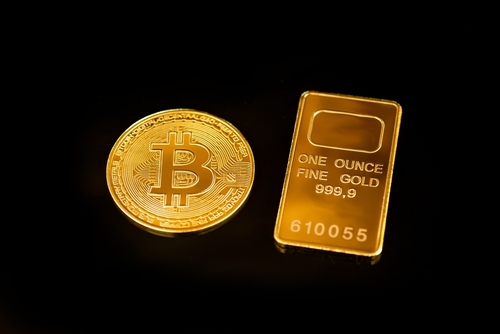GBP/USD loses momentum below 1.3400, BoE Pill's speech and FOMC Minutes in focus

- GBP/USD loses traction around 1.3390 in Wednesday’s early European session.
- The prospect of further BoE rate cuts this year weighs on the Pound Sterling.
- Traders await signs of the end of the US federal government shutdown.
The GBP/USD pair loses ground near 1.3390 during the early European session on Wednesday. The Pound Sterling (GBP) edges lower against the Greenback amid rising expectations that the Bank of England (BoE) will cut interest rates one more time in the remainder of the year.
The dovish expectation of the BoE grows due to growing United Kingdom (UK) labor market concerns, which undermine the Cable against the USD. Reuters reported that the businesses in the UK in the three months to September expected to keep employment steady over the next 12 months, the first time since January that they have been observed reluctant to increase staffing.
Concerns about persistent inflation, sluggish economic growth and a loosening labor market are likely to influence the BoE's decisions. Until now, the UK central bank has retained a “gradual and careful” monetary easing approach.
Traders focus on any signs of when the US federal government will reopen. A prolonged US federal government shutdown could drag the USD lower and act as a tailwind for the major pair. The US government shutdown entered its second week as US senators failed to pass spending proposals to reopen the federal government.
Looking ahead, traders will take more cues from the BoE’s Huw Pill speech later on Wednesday for some hints about the UK interest rate path. Pill was one of seven Monetary Policy Committee (MPC) members who voted to keep interest rates on hold at 4.0% in the September policy meeting. On the US docket, the FOMC Minutes will be the highlights. Also, the Fed’s Alberto Musalem, Michael Barr, Austan Goolsbee, Lorie Logan and Neel Kashkari are scheduled to speak.
Pound Sterling FAQs
The Pound Sterling (GBP) is the oldest currency in the world (886 AD) and the official currency of the United Kingdom. It is the fourth most traded unit for foreign exchange (FX) in the world, accounting for 12% of all transactions, averaging $630 billion a day, according to 2022 data. Its key trading pairs are GBP/USD, also known as ‘Cable’, which accounts for 11% of FX, GBP/JPY, or the ‘Dragon’ as it is known by traders (3%), and EUR/GBP (2%). The Pound Sterling is issued by the Bank of England (BoE).
The single most important factor influencing the value of the Pound Sterling is monetary policy decided by the Bank of England. The BoE bases its decisions on whether it has achieved its primary goal of “price stability” – a steady inflation rate of around 2%. Its primary tool for achieving this is the adjustment of interest rates. When inflation is too high, the BoE will try to rein it in by raising interest rates, making it more expensive for people and businesses to access credit. This is generally positive for GBP, as higher interest rates make the UK a more attractive place for global investors to park their money. When inflation falls too low it is a sign economic growth is slowing. In this scenario, the BoE will consider lowering interest rates to cheapen credit so businesses will borrow more to invest in growth-generating projects.
Data releases gauge the health of the economy and can impact the value of the Pound Sterling. Indicators such as GDP, Manufacturing and Services PMIs, and employment can all influence the direction of the GBP. A strong economy is good for Sterling. Not only does it attract more foreign investment but it may encourage the BoE to put up interest rates, which will directly strengthen GBP. Otherwise, if economic data is weak, the Pound Sterling is likely to fall.
Another significant data release for the Pound Sterling is the Trade Balance. This indicator measures the difference between what a country earns from its exports and what it spends on imports over a given period. If a country produces highly sought-after exports, its currency will benefit purely from the extra demand created from foreign buyers seeking to purchase these goods. Therefore, a positive net Trade Balance strengthens a currency and vice versa for a negative balance.







